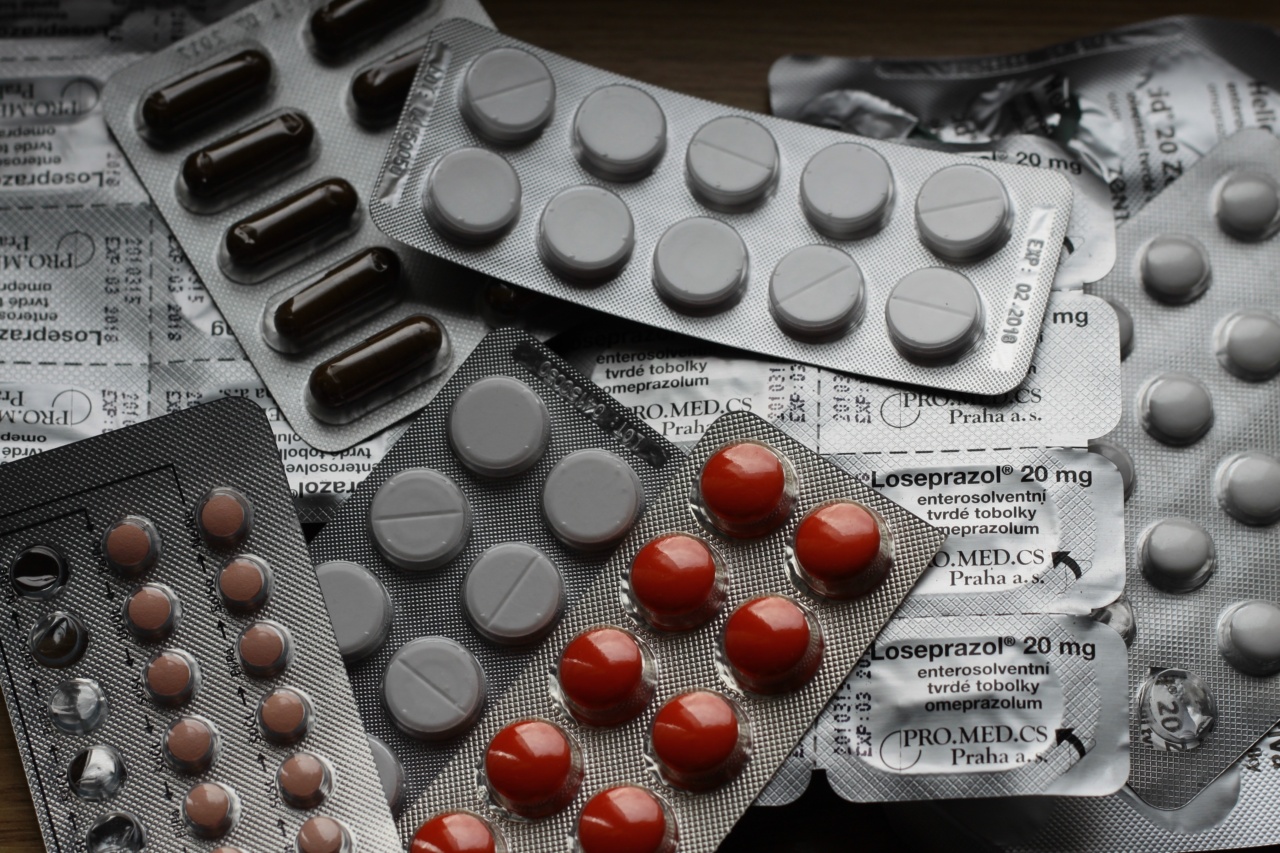It’s no secret that pimples can be a pesky skin condition that affects people of all ages. Whether you’re a teenager going through puberty or an adult dealing with hormonal changes, pimples can be a source of frustration and embarrassment.
But have you ever wondered what exactly causes pimples to form and what are the best treatments available? In this article, we will dive deep into the science behind pimples, exploring their causes and discussing effective treatment options.
Understanding Pimples: The Basics
Before we delve into the causes and treatments of pimples, it’s important to understand the basic biology behind them. Pimples, also known as acne, are a result of the excess production of sebum oil by the sebaceous glands in our skin.
This excess oil, combined with dead skin cells and bacteria, clogs the hair follicles, leading to inflammation and the formation of pimples.
The Role of Hormones
One of the primary causes of pimples is hormonal changes. During puberty, the body undergoes significant hormonal fluctuations, particularly an increase in androgens such as testosterone.
These androgens stimulate the sebaceous glands to produce more sebum, making teenagers more prone to developing pimples. Similarly, hormonal changes during menstrual cycles and pregnancy can also trigger the onset of pimples in women.
Poor Skincare Habits and Environmental Factors
In addition to hormonal changes, poor skincare habits and environmental factors can also contribute to the formation of pimples.
Failing to cleanse your face regularly or using harsh skincare products can cause sebum and dead skin cells to accumulate, leading to clogged pores and ultimately pimples. Environmental factors such as pollution and excessive humidity can also worsen acne by increasing the chances of bacterial growth on the skin.
Diet and Pimple Formation
While the association between diet and pimples is still a matter of debate, some studies suggest that certain foods may contribute to their formation.
High glycemic index foods, such as sugary snacks and refined carbohydrates, have been linked to increased sebum production and inflammation, potentially worsening acne. Dairy products and foods rich in omega-6 fatty acids have also been implicated in the development of pimples in some individuals.
Treating Pimples: Effective Options
Now that we have a better understanding of the causes of pimples, let’s explore the various treatment options available:.
1. Topical Treatments
Topical treatments for pimples typically include over-the-counter creams, gels, or lotions containing ingredients such as benzoyl peroxide, salicylic acid, or retinoids.
These products work by reducing sebum production, preventing pores from clogging, and promoting the shedding of dead skin cells. Consistent and careful application of these topical treatments can help reduce existing pimples and prevent new ones from forming.
2. Oral Medications
In cases of severe and persistent acne, dermatologists may prescribe oral medications such as antibiotics, hormonal birth control pills, or isotretinoin. Antibiotics help to reduce the number of bacteria on the skin and decrease inflammation.
Hormonal birth control pills can be an effective option for women with hormonal acne, as they regulate hormone levels. Isotretinoin, a powerful oral medication, is typically reserved for severe cases of acne and works by reducing sebum production and skin inflammation.
3. Professional Treatments
For individuals with stubborn pimples that do not respond well to topical treatments or oral medications, professional treatments may be recommended. These include procedures like chemical peels, microdermabrasion, and photodynamic therapy.
Chemical peels involve the application of chemical solutions to remove the top layer of skin, while microdermabrasion uses tiny exfoliating crystals to unclog pores. Photodynamic therapy utilizes special light and a photosensitizing medication to target and destroy acne-causing bacteria.
Lifestyle Changes for Pimple Prevention
In addition to medical treatments, adopting certain lifestyle changes can also help prevent the formation of pimples. These include:.
1. Regular Face Cleansing
Washing your face twice a day with a gentle cleanser can help remove excess oil, bacteria, and dirt, reducing the chances of pore clogging and pimple formation.
2. Avoiding Harsh Skincare Products
Opt for non-comedogenic skincare products that are specifically formulated not to clog pores. Avoid harsh cleansers or scrubs, as they can strip the skin of its natural oils and cause irritation.
3. Balanced Diet
While the impact of diet may vary from person to person, maintaining a healthy and balanced diet rich in fruits, vegetables, whole grains, and lean proteins can contribute to overall skin health.
4. Stress Management
Stress has been linked to increased sebum production and inflammation, both of which can worsen acne. Engaging in stress-reducing activities such as exercise, meditation, or hobbies can help manage stress and potentially minimize pimple formation.
Conclusion
Pimples are a common skin condition that can affect individuals of all ages due to hormonal changes, poor skincare habits, and environmental factors.
Understanding the science behind pimples allows us to explore effective treatments, including topical creams, oral medications, and professional procedures. However, prevention is always better than cure, and adopting healthy skincare routines and lifestyle changes can play a significant role in reducing the likelihood of pimple formation.
Remember to consult a dermatologist for personalized advice and treatment recommendations based on your specific needs.






























